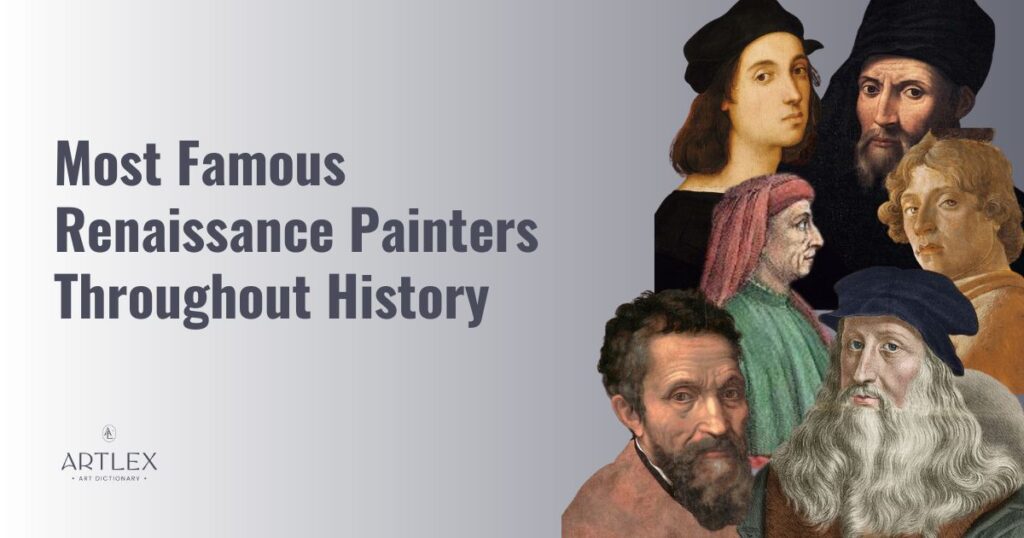
From the 14th to the 17th century, the Renaissance period was a time of unparalleled artistic innovation and mastery that shaped European culture for centuries.
Home to renowned geniuses like Leonardo da Vinci, Michelangelo, and Raphael, Renaissance art is characterized by its realism, attention to perspective, and classical themes.
In this blog post, we’ll journey through time as we explore 20 of the most famous Renaissance painters and artists throughout history—painters, sculptors architects alike whose groundbreaking works still captivate art lovers today.
1. Leonardo da Vinci
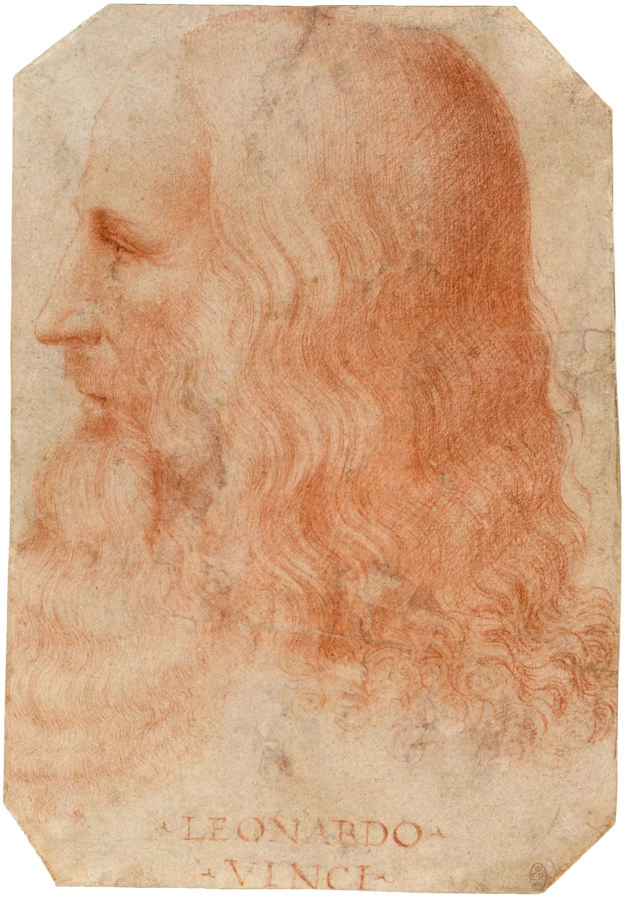
- Birth year: 1452
- Death year: 1519
- City/Province of birth: Vinci, Italy
- Notable characteristics/subject matter: Anatomical studies, inventions, portraiture, and various scientific and mathematical subjects
- Notable artwork: Mona Lisa, The Last Supper
Leonardo da Vinci, a pivotal figure of the Italian Renaissance, was an incredibly talented and skilled artist who excelled in various other fields. His wide-ranging interests included architecture, science, invention, music, and writing.
Da Vinci produced some remarkable masterpieces that have left an indelible mark on art history. Two of his most iconic works are The Last Supper and the Mona Lisa, which continue to captivate millions worldwide with their enigmatic allure.
Leonardo da Vinci was one of the most famous Renaissance artists through his captivating artworks remain synonymous with the Italian Renaissance period.
2. Michelangelo
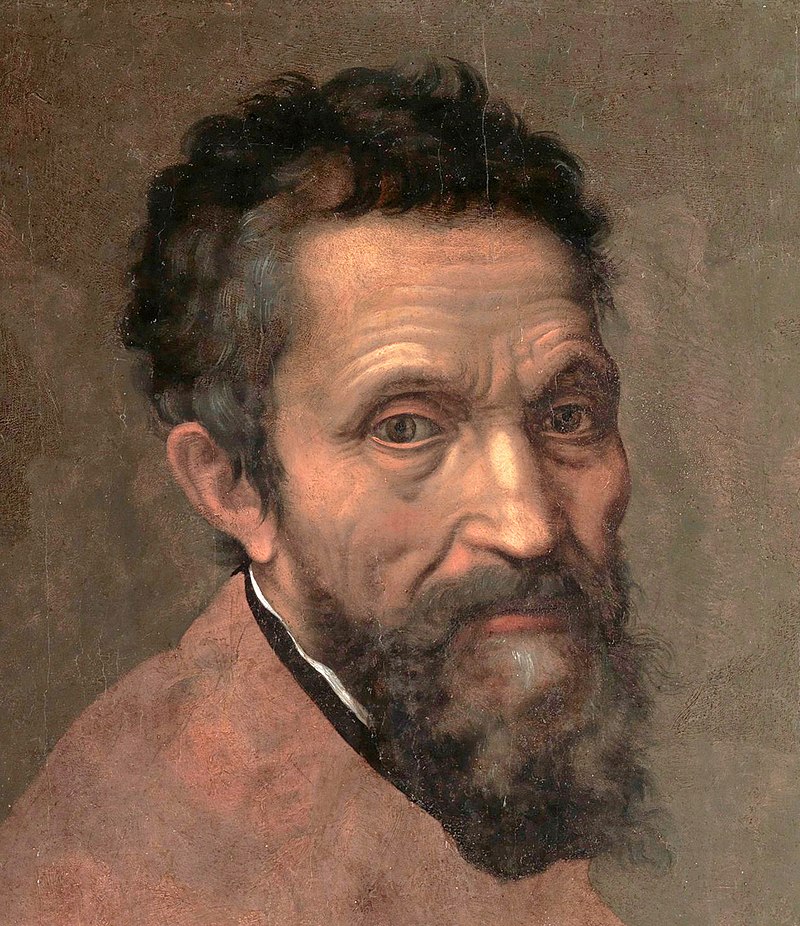
- Birth year: 1475
- Death year: 1564
- City/Province of birth: Caprese Michelangelo, Italy
- Notable characteristics/subject matter: Sculpture, painting, architecture, poetry
- Notable artwork: David, Sistine Chapel Ceiling
Michelangelo Buonarroti, a true artistic genius of the early Renaissance period, who started at a very young age, stands alongside Leonardo da Vinci and Raphael as one of history’s most famous Renaissance artists.
One such masterpiece is the stunning statue of David. Michelangelo’s other remarkable creations include the stunning frescoes on the ceiling of Rome’s Sistine Chapel and his design for St. Peter’s Basilica dome — both significant influences on Western art.
3. Raphael
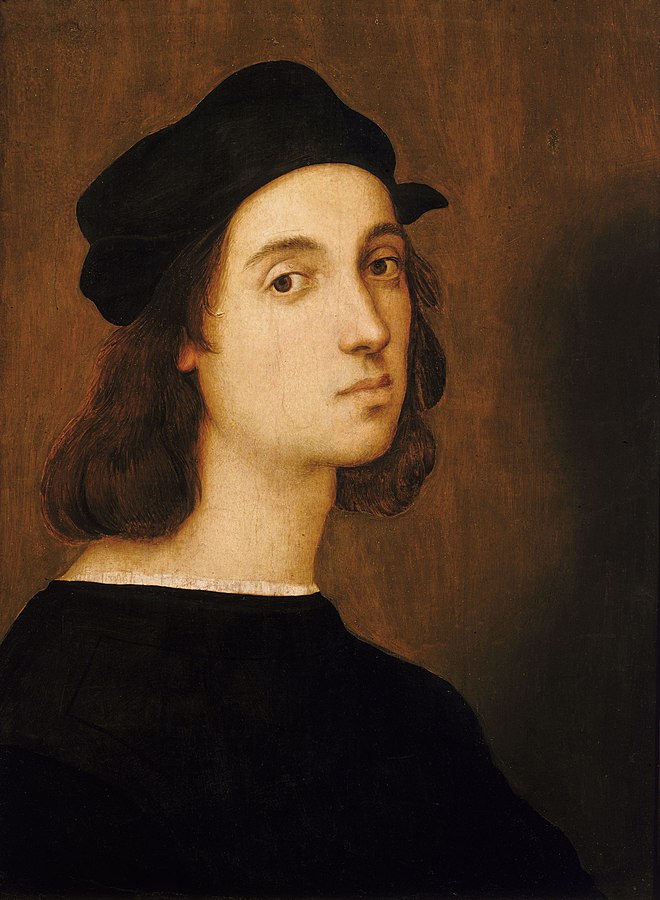
- Birth year: 1483
- Death year: 1520
- City/Province of birth: Urbino, Italy
- Notable characteristics/subject matter: Portraits, frescoes, architecture
- Notable artwork: School of Athens, Sistine Madonna
Raphael, another of the most famous artist of the Renaissance artists was a master painter and architect of the early Renaissance. He made an indelible mark on the art world with his iconic images and breathtaking compositions. He was known as “Raphael” throughout his career and quickly gained recognition.
Renowned for famous Renaissance paintings, his serene Madonnas and grand frescoes decorated the Vatican’s Raphael Rooms. Raphael was considered a genuine rival to Michelangelo regarding skill and talent. As one of the most famous Renaissance artists, his work spanned various genres.
4. Donatello
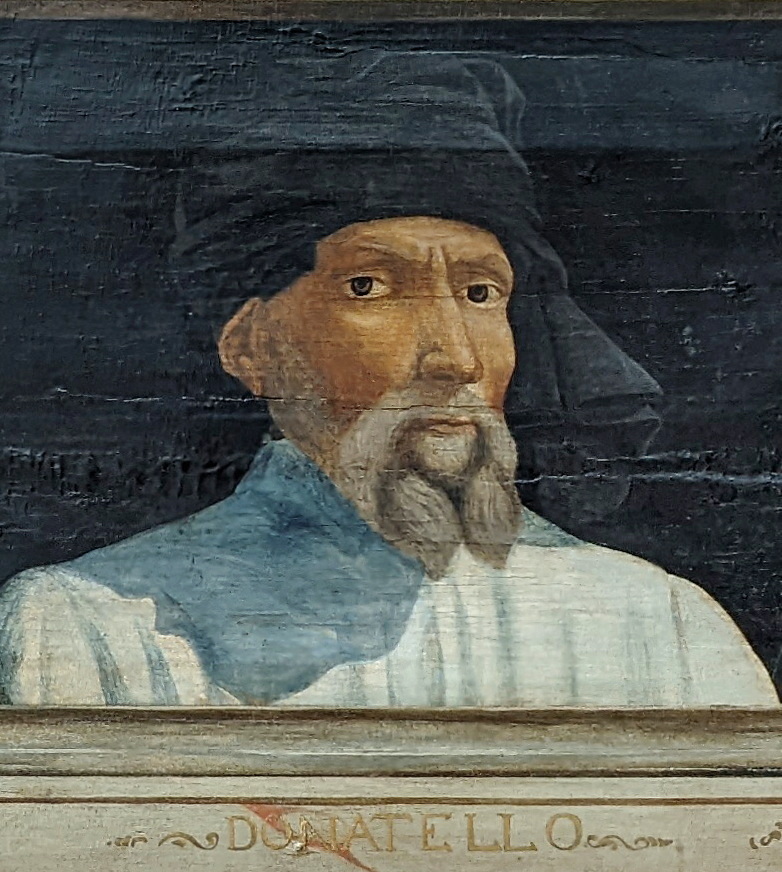
- Birth year: 1386
- Death year: 1466
- City/Province of birth: Florence, Italy
- Notable characteristics/subject matter: Sculpture, especially freestanding human figures
- Notable artwork: David, St. Mark
Donatello was also a famous Renaissance artist and is considered one of the most influential sculptors of his time. He began his artistic career as a goldsmith before pursuing sculpture.
His classical sculpture and antiquity expertise set Donatello apart from other Renaissance artists. He drew inspiration from ancient Roman sculptures and incorporated classical art elements.
5. Sandro Botticelli
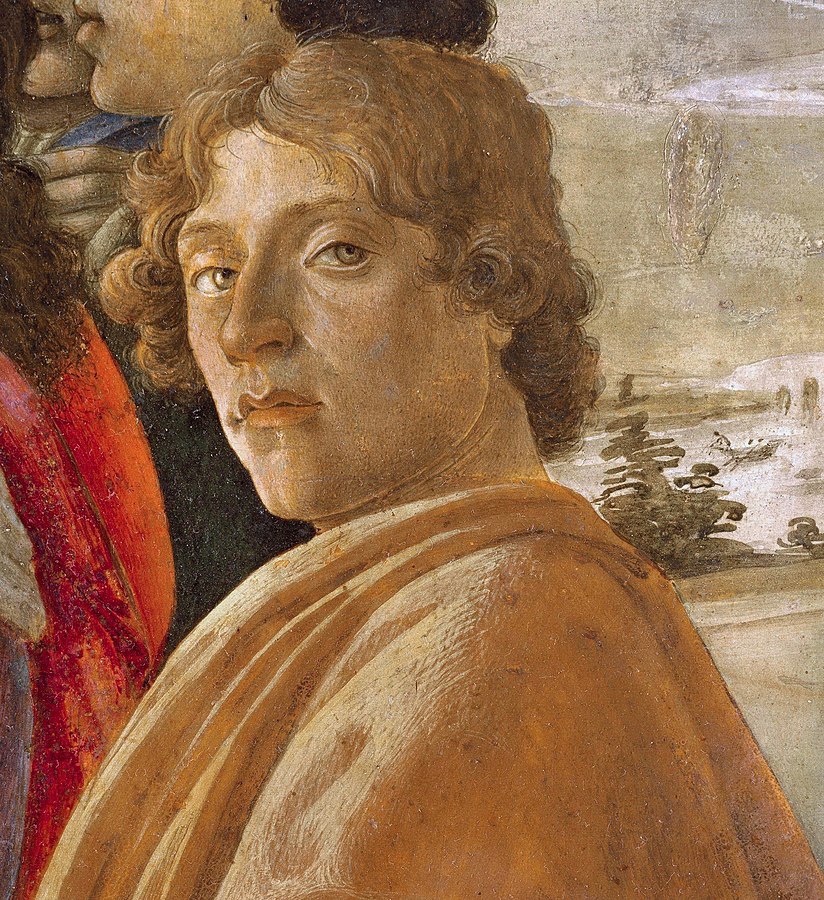
- Birth year: 1445
- Death year: 1510
- City/Province of birth: Florence, Italy
- Notable characteristics/subject matter: Mythological and religious scenes, portraiture
- Notable artwork: The Birth of Venus, Primavera
Sandro Botticelli is one of the most famous Renaissance artists in history. He became an apprentice at a young age under Andrea del Verrocchio before establishing his workshop.
Two of Sandro Botticelli’s most famous paintings are “Birth of Venus” and “Allegory of Spring.” The former portrays the goddess Venus emerging from the sea into adulthood, adrift on a shell surrounded by mythological and religious subjects, like cherubs.
6. Filippo Brunelleschi
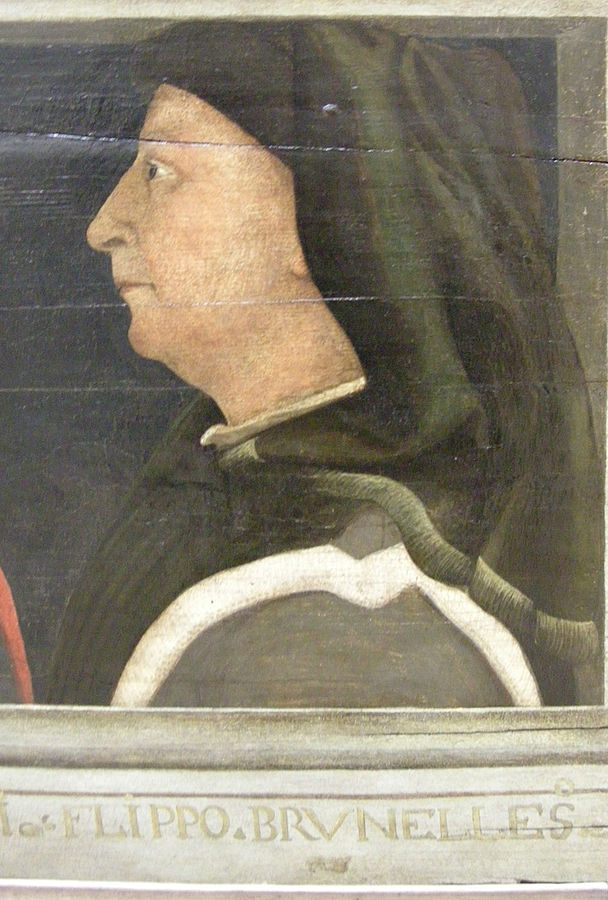
- Birth year: 1377
- Death year: 1446
- City/Province of birth: Florence, Italy
- Notable characteristics/subject matter: Architecture, engineering, linear perspective
- Notable artwork: The Dome of Florence Cathedral, Church of San Lorenzo
Filippo Brunelleschi was a leading figure in Italian Renaissance architecture and is considered one of his time’s most influential architects and artists.
Brunelleschi was an artist and an inventor who significantly contributed to Renaissance art and architecture. Today, Brunelleschi’s legacy lives on through his architectural designs that continue to inspire.
7. Caravaggio
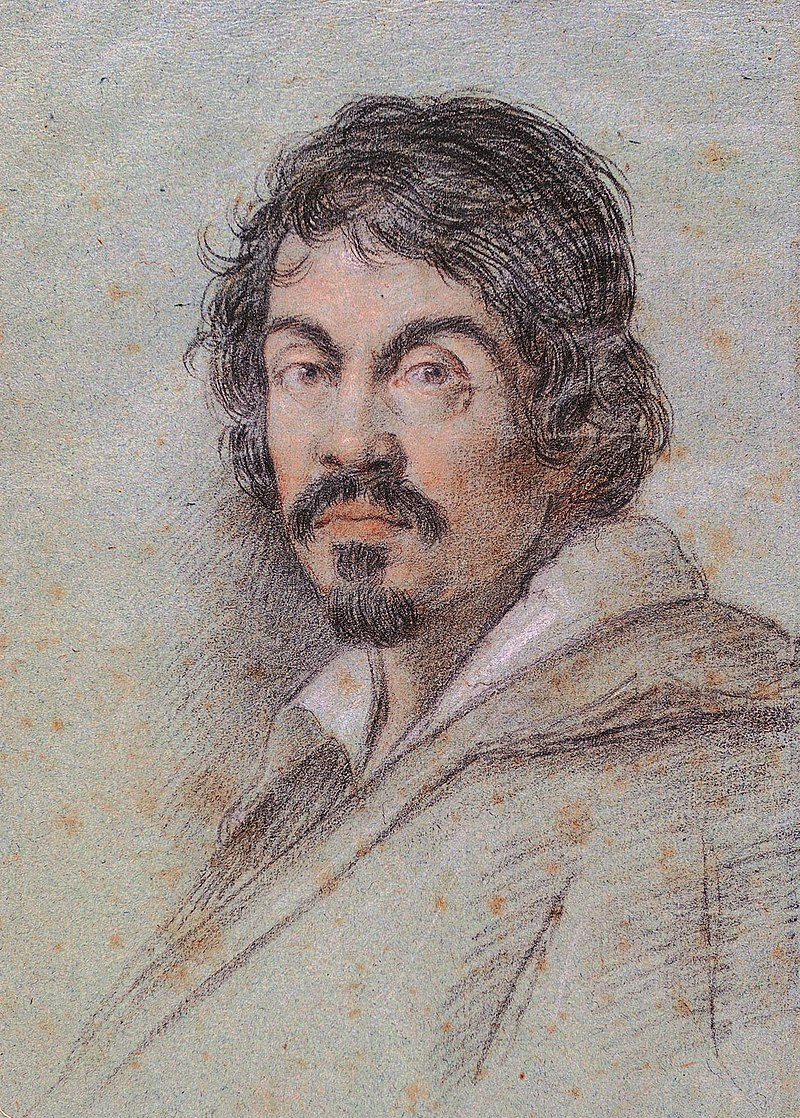
- Birth year: 1571
- Death year: 1610
- City/Province of birth: Milan, Italy
- Notable characteristics/subject matter: Dramatic use of light and shadow, religious and mythological scenes
- Notable artwork: The Calling of St Matthew, Bacchus
Caravaggio was one of the leading painters of the late 16th and early 17th centuries during the golden age of the famous Renaissance era. He produced some famous and iconic paintings and Baroque art pieces.
Caravaggio was more unique than other artists during his time because of his tendency toward realism. His paintings often depicted everyday people as religious figures or even himself in roles such as St. John the Baptist or Bacchus.
8. Titian
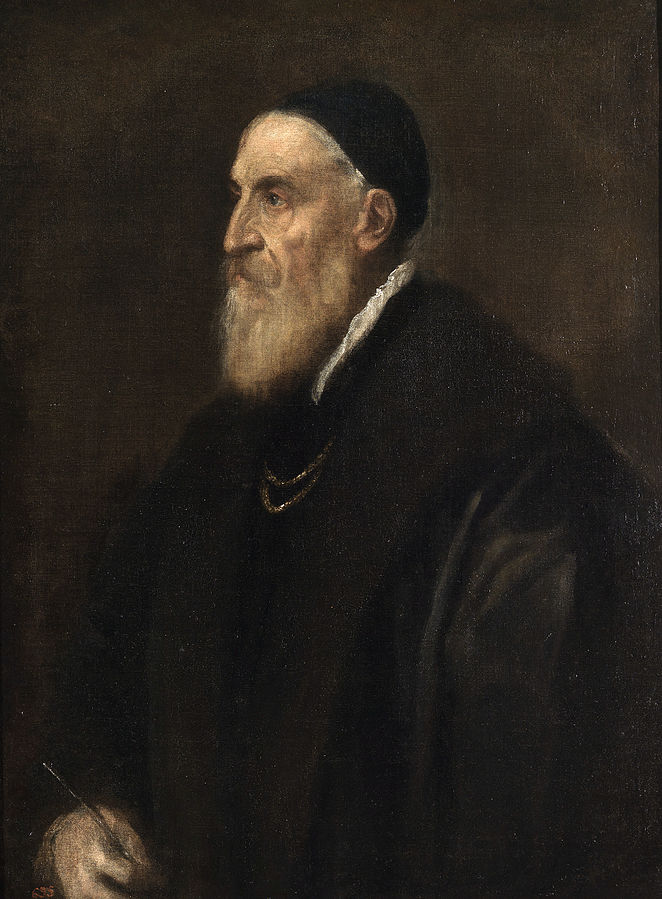
- Birth year: 1488
- Death year: 1576
- City/Province of birth: Pieve di Cadore, Italy
- Notable characteristics/subject matter: Portraiture, mythological and religious scenes
- Notable artwork: Venus of Urbino, Assumption of the Virgin
Titian is widely regarded as a famous early Renaissance artist and painter of the Venetian school. He was a prolific artist and significantly contributed to all main fields of Italian Renaissance art.
One of Titian’s unique qualities was his ability to combine High Renaissance and Mannerist ideas to develop his style, which was ahead of its time.
9. Jan Van Eyck
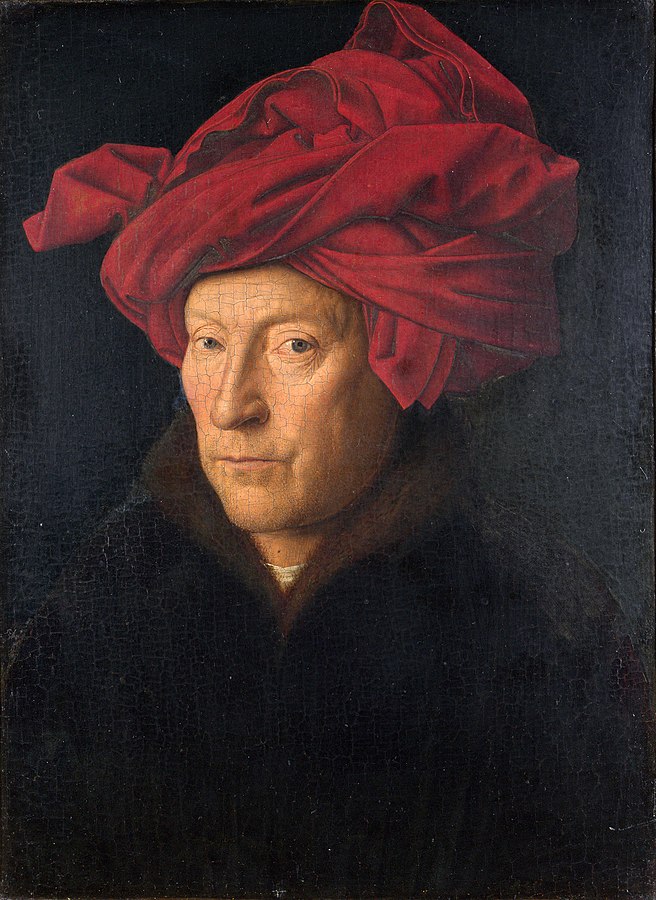
- Birth year: 1390
- Death year: 1441
- City/Province of birth: Maaseik, Belgium
- Notable characteristics/subject matter: Portraiture, religious scenes, attention to detail
- Notable artwork: The Arnolfini Portrait, Ghent Altarpiece
Jan van Eyck was a prominent figure in the art world during his time and is now recognized worldwide for his exceptional works. In addition, he is famous for being one of the early innovators of Early Netherlandish painting.
One of Van Eyck’s most famous paintings is The Arnolfini Portrait, an oil painting that features a man and woman holding hands while standing in front of a mirror. Another notable work is Madonna of Chancellor Rolin.
10. Sofonisba Anguissola
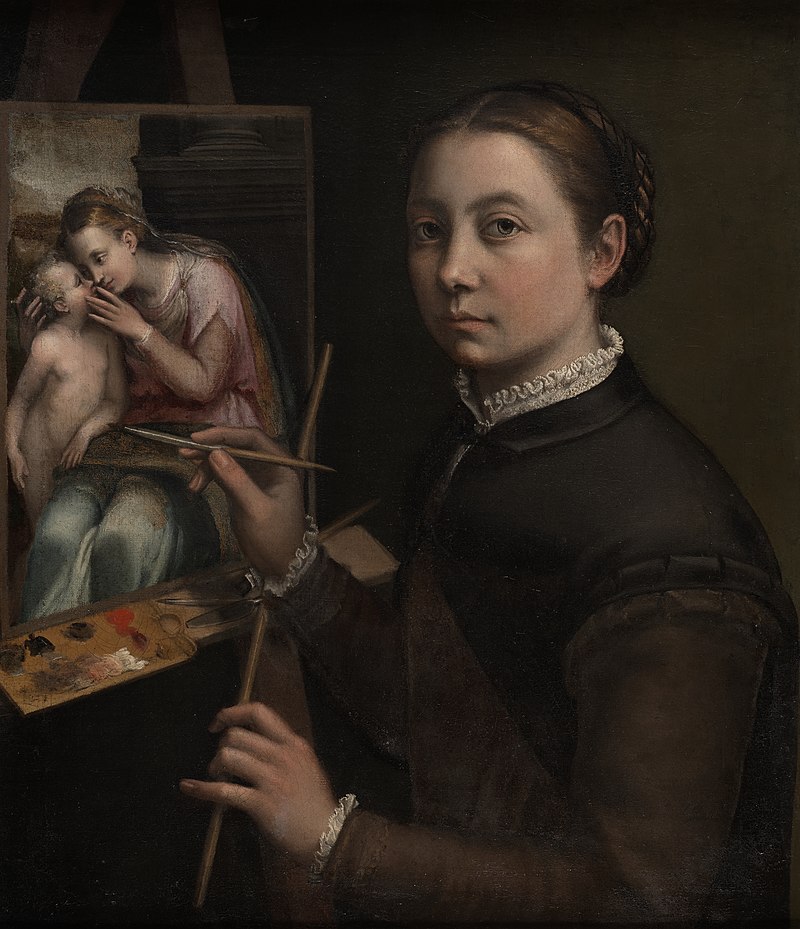
- Birth year: 1532
- Death year: 1625
- City/Province of birth: Cremona, Italy
- Notable characteristics/subject matter: Portraiture, particularly of her family and of the Spanish court
- Notable artwork: The Chess Game, Self-Portrait at the Easel
Sofonisba Anguissola was a prominent painter during the early Renaissance painting period, explicitly known for her portraiture. She was hailed as the first internationally recognized female Renaissance artist and a marvel of nature during her time.
Sofonisba’s paintings often featured intimate portrayals of individuals from various social classes, including nobility and members of her own family. Her works stood out among other artists because she had an extraordinary talent for capturing the essence of her subjects.
11. Giorgio Vasari
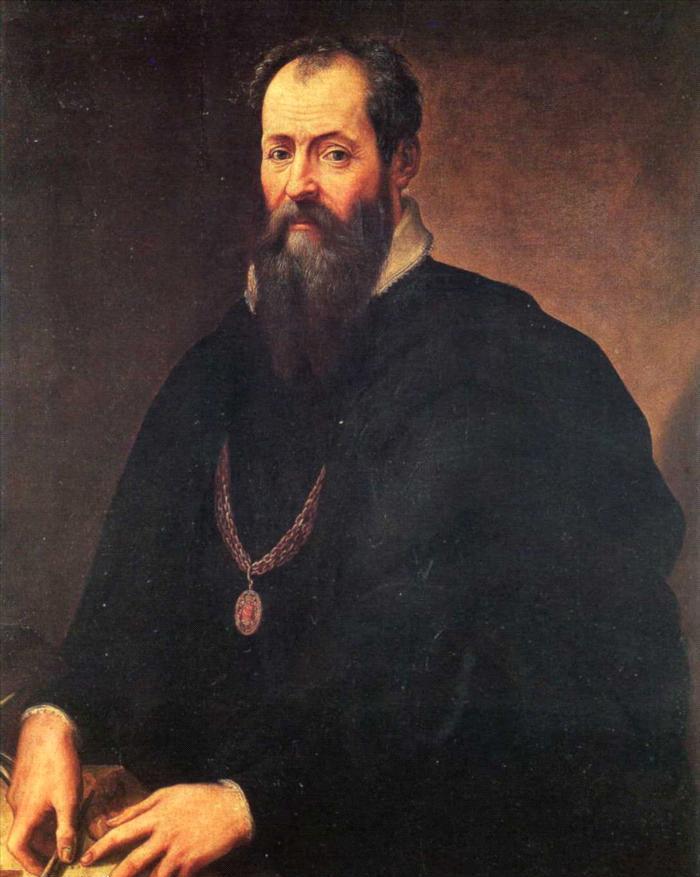
- Birth year: 1511
- Death year: 1574
- City/Province of birth: Arezzo, Italy
- Notable characteristics/subject matter: Painting, architecture, writer known for biographies of Italian artists
- Notable artwork: The Last Supper, Lives of the Most Excellent Painters, Sculptors, and Architects (book)
Giorgio Vasari was a Renaissance artist, architect, and author born in Arezzo, Italy. He gained fame for his book “Lives of the Most Eminent Painters, Sculptors, and Architects,” which earned him the title among art historians “The Father of Art History.” Although he wasn’t part of the High Renaissance period with artists like Leonardo da Vinci and Michelangelo, Vasari’s influence on Italian art cannot be ignored.
His book is considered one of the most important works in art history and established him as a modern art historian. In addition, the biographies within it gave readers insights into famous artists during that era.
12. Lorenzo Ghiberti
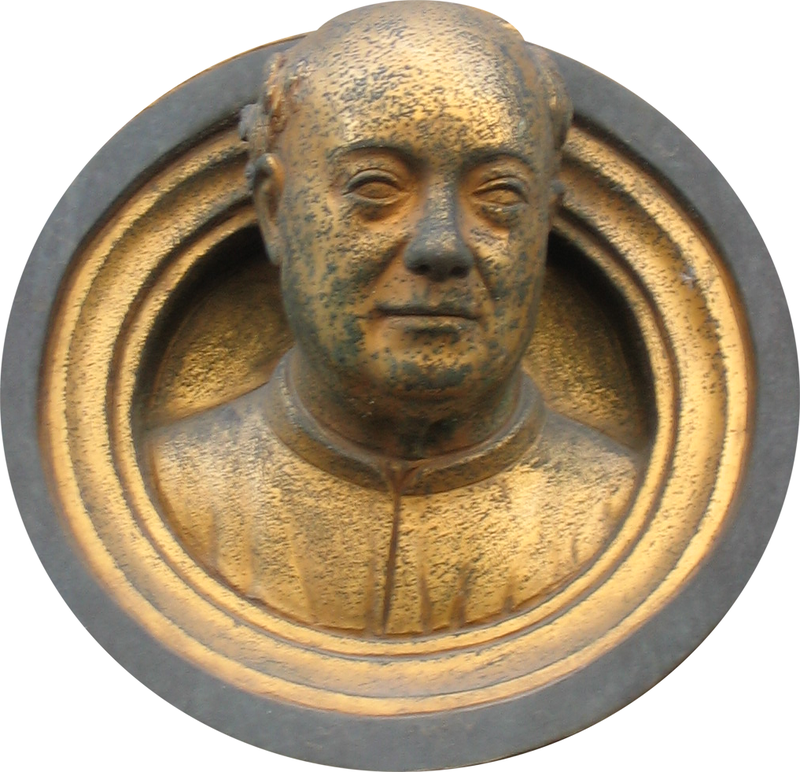
- Birth year: 1378
- Death year: 1455
- City/Province of birth: Pelago, Italy
- Notable characteristics/subject matter: Sculpture, mainly in bronze
- Notable artwork: Gates of Paradise (Florence Baptistery)
Lorenzo Ghiberti was a goldsmith and sculptor during the early Italian Renaissance period.
Despite being overshadowed by other famous Renaissance artists such as Leonardo da Vinci and Michelangelo, Ghiberti’s work has left an indelible mark on history. His talents were well-regarded in his time; he was commissioned to design medals for Pope Martin V.
13. Masaccio
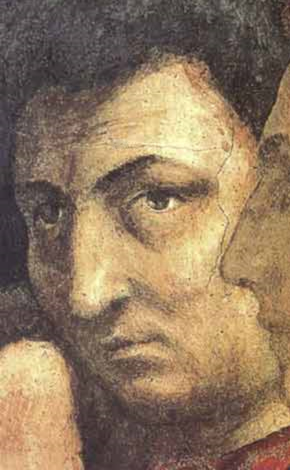
- Birth year: 1401
- Death year: 1428
- City/Province of birth: San Giovanni Valdarno, Italy
- Notable characteristics/subject matter: Painting, particularly religious frescoes
- Notable artwork: The Tribute Money, Expulsion from the Garden of Eden
Masaccio, the Italian painter known for his pioneering work in creating a realistic representation of the human form, is often credited with being the first truly Renaissance artist. He was influential in moving famous artworks from the Gothic era to the famous Renaissance painting.
As a master of perspective, Masaccio created scenes that looked three-dimensional and were more lifelike than anything painted before him. This talent made him one of Florence’s most influential artists during his short life.
14. Donato Bramante
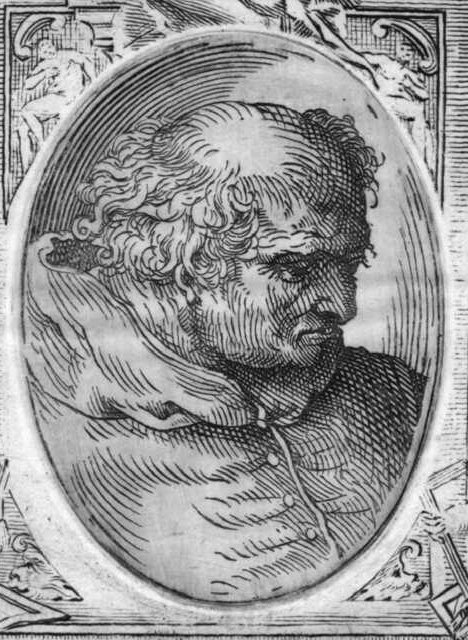
- Birth year: 1444
- Death year: 1514
- City/Province of birth: Fermignano, Italy
- Notable characteristics/subject matter: Architecture, the High Renaissance style
- Notable artwork: Tempietto at San Pietro in Montorio, design of St. Peter’s Basilica
Donato Bramante was an Italian architect and one of the most celebrated artists of the High Renaissance period. He served as the chief planner for Pope Julius II’s rebuilding project in Rome, which included designing St. Peter’s Basilica and remains a remarkable feat of architecture to this day.
The legacy of Donato Bramante can still be felt throughout Italy, particularly in Rome and Milan, where some of his most famous artworks are situated. His style influenced many other architects during his time, including Michelangelo and Raphael.
15. Giovanni Bellini
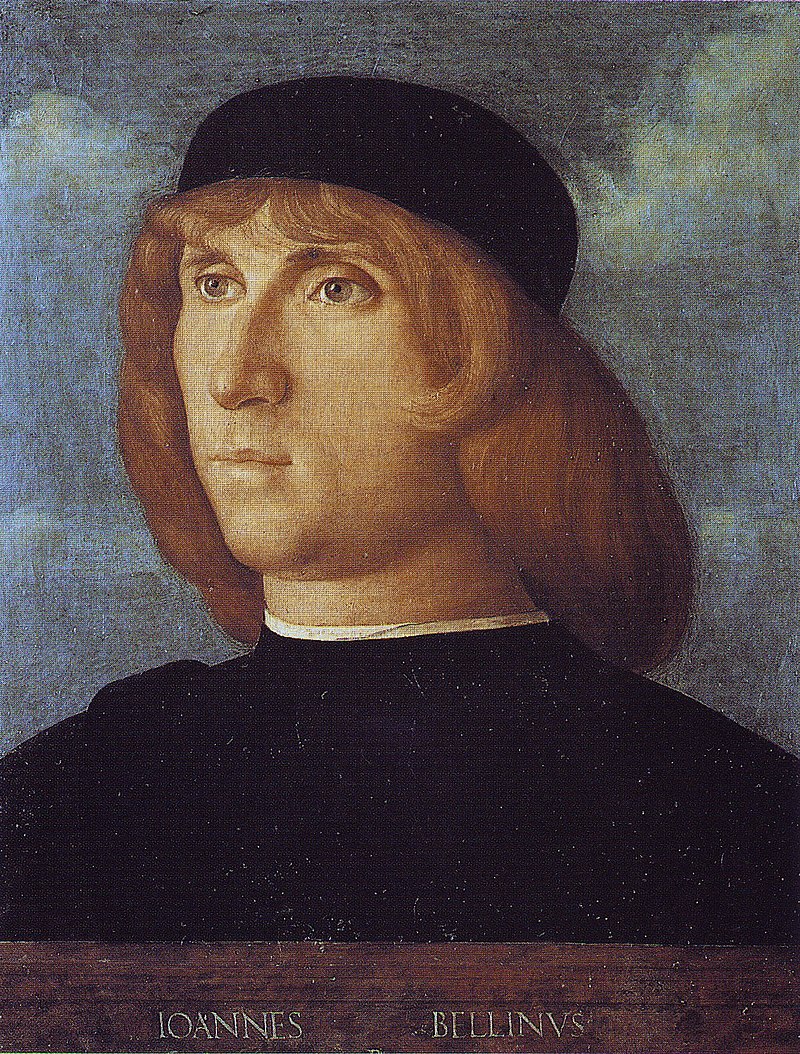
- Birth year: 1430
- Death year: 1516
- City/Province of birth: Venice, Italy
- Notable characteristics/subject matter: Painting, particularly religious subjects
- Notable artwork: San Zaccaria Altarpiece, The Feast of the Gods
Giovanni Bellini was one of the most prominent Italian Renaissance artists who brought a unique style to painting. Bellini’s style was known for its naturalism and attention to detail.
Giovanni Bellini played an essential role as one of Italy’s famous Renaissance artists by bringing new techniques like lighting and brushing worked into oil paintings; he has long been regarded as one the finest Venetian painters.
16. Hieronymus Bosch
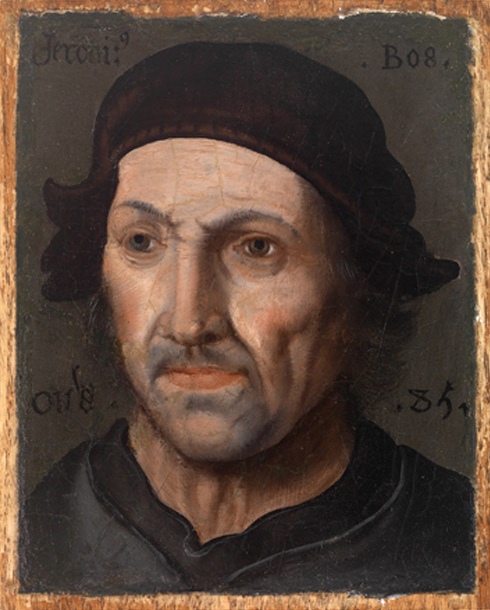
- Birth year: 1450
- Death year: 1516
- City/Province of birth: ‘s-Hertogenbosch, Duchy of Brabant (modern-day Netherlands)
- Notable characteristics/subject matter: Painting, particularly religious and moral allegories filled with fantastical creatures
- Notable artwork: The Garden of Earthly Delights, The Haywain Triptych
Hieronymus Bosch is one of the most famous artists from the Northern Renaissance period. Bosch’s works were known for their satirical and often witty social commentary.
One of Bosch’s most notable works is “The Garden of Earthly Delights.” This triptych painting is filled with surreal and fantastical images that depict humanity’s fall from grace and eventual redemption.
17. Tintoretto
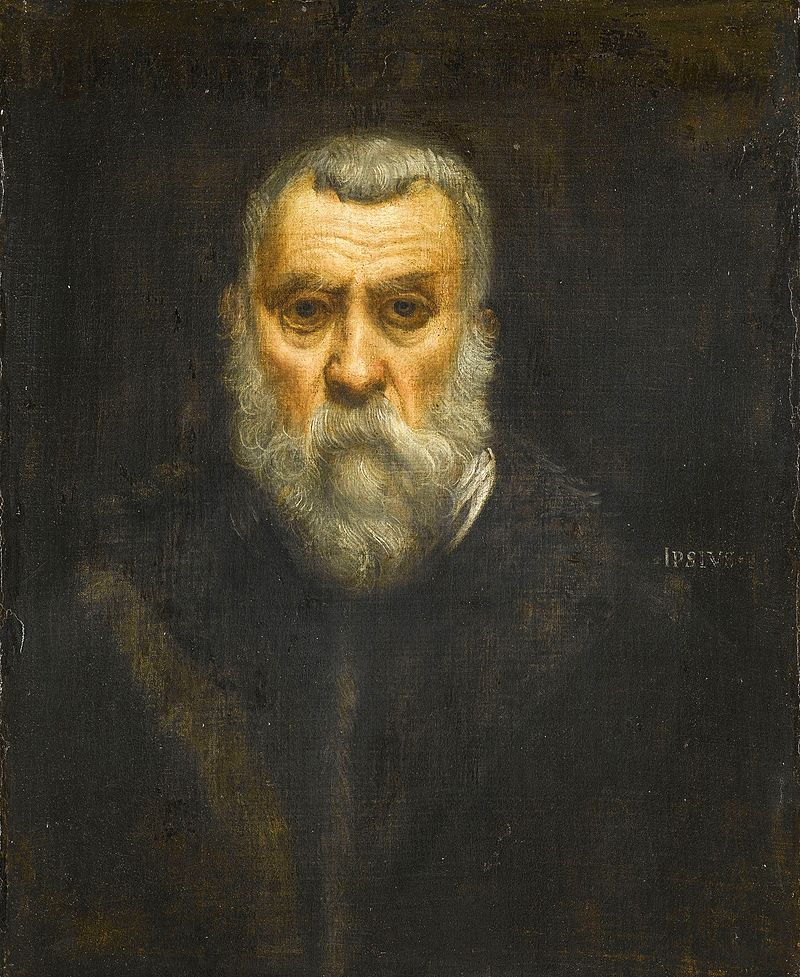
- Birth year: 1518
- Death year: 1594
- City/Province of birth: Venice, Italy
- Notable characteristics/subject matter: Painting, particularly large-scale religious and mythological subjects
- Notable artwork: The Last Supper, The Miracle of the Slave
Tintoretto, an Italian painter from the Venetian school, was a master of the Mannerist style during the Renaissance period.
While many people are familiar with Tintoretto’s remarkable Renaissance paintings, few know he was also a skilled draftsman. The artist’s vivid sketches reveal his exceptional technical ability to capture light and shadow in great detail.
18. Fra Angelico
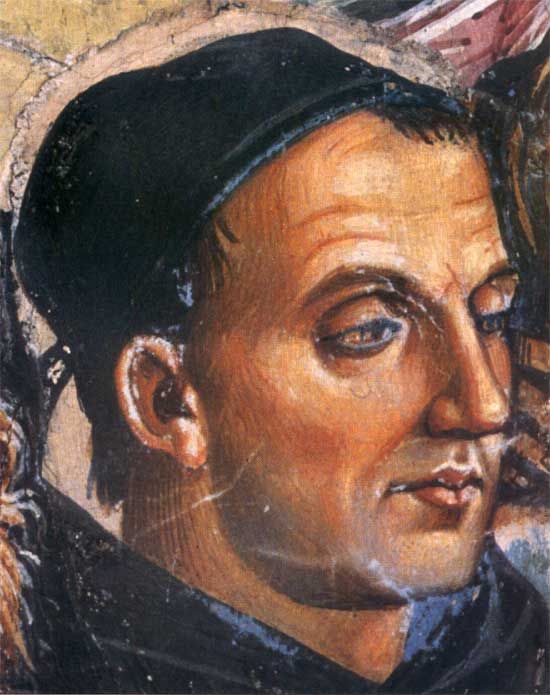
- Birth year: 1395
- Death year: 1455
- City/Province of birth: Vicchio, Italy
- Notable characteristics/subject matter: Painting, particularly religious frescoes, and altarpieces
- Notable artwork: Annunciation, The Last Judgement
Fra Angelico, also known as Beato Angelico or Giovanni da Fiesole, was an Italian painter who greatly influenced the art of the Early Renaissance. He is often called the “Angelic Painter” due to his use of bright colors and luminous light in his religious artworks.
One of Fra Angelico’s most notable works includes “The Annunciation,” which the painting depicts as a biblical scene where an angel visits Mary to announce that she will give birth to Jesus. Fra Angelico showcases his masterful use of light by highlighting Mary’s halo and robe with a golden glow.
19. Paolo Veronese
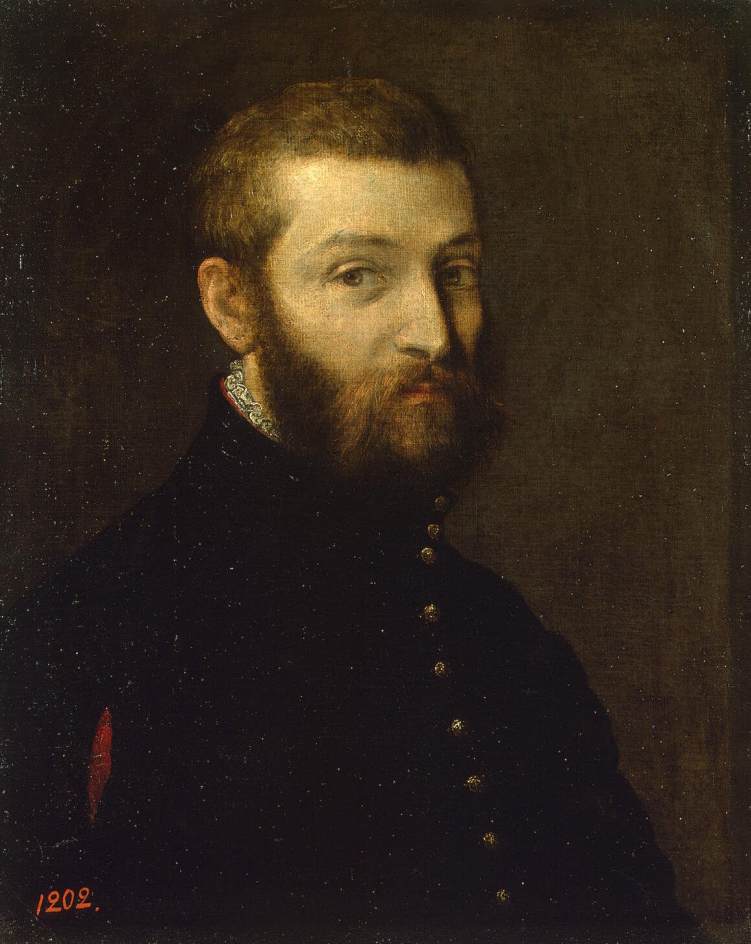
- Birth year: 1528
- Death year: 1588
- City/Province of birth: Verona, Italy
- Notable characteristics/subject matter: Painting, large-scale religious and mythological scenes
- Notable artwork: The Wedding at Cana, The Feast in the House of Levi
Paolo Veronese was an Italian Renaissance painter who lived and worked in Venice during the 16th century. His exquisite art is known for its vibrant colors, intricate design, and grandeur scale.
One of the most significant contributions of Paolo Veronese to Renaissance Art was painting many ceilings and frescoes throughout Italy. He is considered one of the greatest master painters of Venetian art during that era.
20. Filippo Lippi
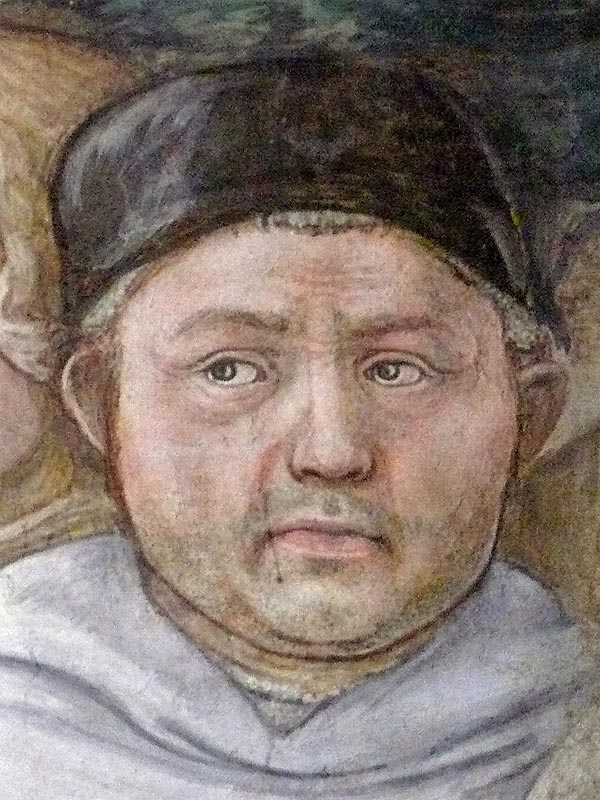
- Birth year: 1406
- Death year: 1469
- City/Province of birth: Florence, Italy
- Notable characteristics/subject matter: Painting religious works featuring the Madonna
- Notable artwork: Madonna and Child, Coronation of the Virgin
Filippo Lippi is one of the Quattrocento period’s most prominent Italian Renaissance artists. His specialty was in religious art, including altarpieces and fresco paintings.
Filippo’s work is seen across time during the Early Renaissance painting era showing signs of humanist ideals through their level of expression, most famously depicted by Madonna’s painting style favored throughout that time period being filled with symbolism.
